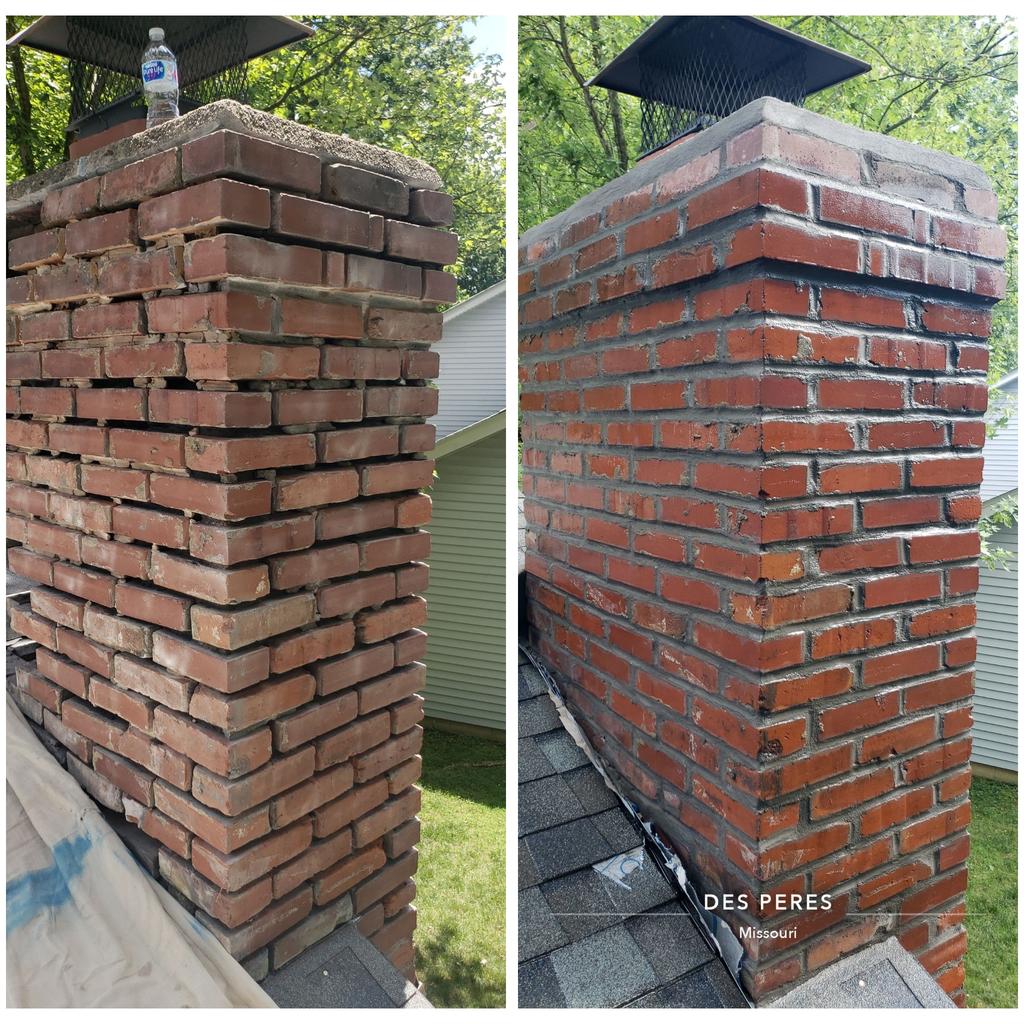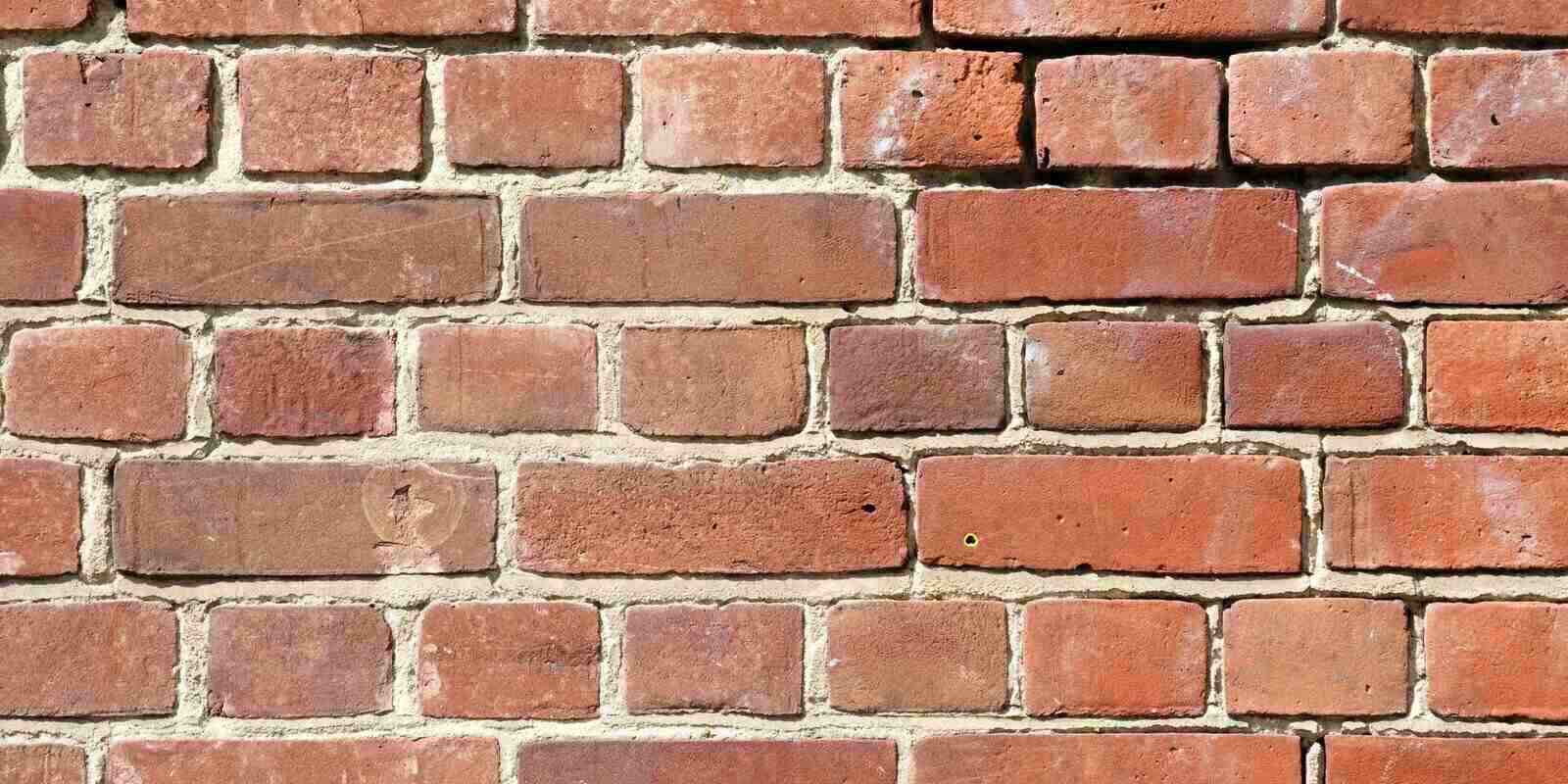Secure Your Investment with Raul's Tuckpointing St. Louis MO Solutions: Trusted Masonry Fixes
Wiki Article
Boost the Appeal and Resilience of Your Brickwork With Tuckpointing
Brickwork has actually long been esteemed for its ageless beauty and toughness. Over time, the mortar that holds those blocks together can wear away, leaving your framework at risk to damage and detracting from its aesthetic charm. But fear not, for there is a service that can bring back both the elegance and resilience of your brickwork: tuckpointing. This olden method not just enhances the aesthetic allure of your brickwork, yet also reinforces its architectural integrity. Yet what exactly is tuckpointing and how does it differ from repointing? And how can you guarantee that your tuckpointed brickwork stays in immaculate condition? In this discussion, we will check out the fundamentals of tuckpointing, its advantages, the difference in between tuckpointing and repointing, the process itself, and the essential methods for keeping and caring for tuckpointed brickwork.The Basics of Tuckpointing
Tuckpointing is a competent technique made use of to fix and improve the appearance and structural stability of brickwork. It involves the procedure of getting rid of tatty mortar joints and changing them with fresh mortar. The term "tuckpointing" refers to the practice of making use of two different colors of mortar to develop the illusion of fine joints, giving the brickwork a more polished and cosmetically pleasing look.
The very first action in tuckpointing is to meticulously analyze the problem of the brickwork. This involves checking the mortar joints for indicators of damage, such as breaking, falling apart, or missing mortar. When the issue locations have actually been identified, the old mortar is very carefully eliminated using specialized tools, such as a grinder or sculpt, while making sure that the bricks themselves remain intact.
After the old mortar has been removed, the following step is to prepare the joints for fresh mortar. This usually includes cleaning up out any type of debris or loose product and wetting the joints to guarantee correct adhesion. An experienced tuckpointer makes use of a pointing trowel to thoroughly load the joints with fresh mortar, making sure to create a flush and consistent surface.
Advantages of Tuckpointing
Improving both the durability and appearance of brickwork, tuckpointing deals numerous noteworthy advantages for home owners and homeowner alike. Among the main benefits of tuckpointing is its capacity to extend the life-span of brick frameworks. By replacing worn-out mortar joints, tuckpointing avoids wetness from leaking right into the brickwork, which can cause architectural damage gradually. This helps to preserve the honesty of the brickwork and prolong its general durability.One more benefit of tuckpointing is its ability to enhance the visual appeal of block frameworks. Gradually, mortar joints can end up being split, faded, or tarnished, detracting from the overall appearance of the brickwork. Tuckpointing involves meticulously eliminating the damaged mortar and changing it with fresh mortar of a different color. This technique permits the production of clean, crisp lines that give the impression of well-maintained brickwork. It can also be made use of to produce decorative patterns or styles, even more enhancing the visual allure of the structure (Raul's Tuckpointing St. Louis MO).
Along with enhancing the longevity and look of brickwork, tuckpointing can likewise increase the value of a building. Well-kept brickwork is viewed as a preferable function by possible buyers and can substantially enhance the visual charm of a home. When the time comes to place the residential or commercial property on the market., this can lead to a greater marketing price and a quicker sale.
Tuckpointing Vs. Repointing: What's the Distinction?

To differentiate between tuckpointing and repointing, it is necessary to recognize the key differences in between these 2 techniques of brickwork repair. While both techniques aim to maintain the architectural stability and aesthetic appeal of brickwork, they vary in their approach and implementation.
Tuckpointing is a thorough procedure that includes applying two different shades of mortar to develop the impression of fine joints. This method is mainly used to enhance the aesthetic allure of brickwork by producing the look of well-crafted and well-maintained joints. The tinted mortar is meticulously used and shaped to match the shade and account you can try here of the original mortar, offering the perception of precision and workmanship.
On the other hand, repointing is a much more straightforward process that involves removing deteriorated or damaged mortar from the joints and changing it with fresh mortar. The primary objective of repointing is to recover the architectural integrity of the brickwork by making certain appropriate bonding and sealing in between the bricks. Unlike tuckpointing, repointing does not involve the usage of colored mortar or the production of an ornamental result.
The Refine of Tuckpointing
The application of two various colors of mortar to develop the illusion of great joints is a careful process called tuckpointing. This method entails removing tatty mortar joints and replacing them with new mortar to enhance the appearance and structural honesty of the brickwork. The process of tuckpointing can be split into a number of actions.First, the old mortar is thoroughly gotten rid of using specialized tools such as blades and mills. It is necessary to get rid of the mortar to an adequate depth to make sure a solid bond with the new mortar.
Next, the joints are completely cleansed to eliminate any kind of debris or dust. This assists to produce a tidy surface for the brand-new mortar to stick to.
When the joints are cleansed, a thin layer of new mortar is related to the joint utilizing a tiny pointing trowel. This initial layer, referred to as the "punctuating" mortar, is generally the same color as the existing mortar.
After the preliminary layer has actually been used, a 2nd layer of mortar is used in addition to it. This 2nd layer, called the "fillet" mortar, is a different color and is meticulously formed to create the illusion of a fine joint.

Keeping and Caring for Tuckpointed Brickwork
When the tuckpointing process is completed, correct upkeep and care are important to preserve the boosted appeal and toughness of the brickwork. This maintenance not just makes sure that the tuckpointed areas remain functional and undamaged but additionally assists to avoid any kind of prospective damage to the total structure.One of the crucial aspects of keeping tuckpointed brickwork is routine cleaning. It is vital to stay clear of using any kind of severe chemicals or abrasive tools that can possibly damage the mortar or the bricks themselves.
Along with cleansing, it is essential to evaluate the tuckpointed areas occasionally. This allows for the very early detection of any kind of signs of damage or damage. Any type of fractures, loosened mortar, or indicators of water damage ought to be resolved quickly to avoid further wear and tear.
Moreover, making certain proper drainage around the brickwork is vital. Water pooling or improper drain can bring about moisture infiltration, which can damage the mortar and trigger architectural damages. Cleaning downspouts and seamless gutters routinely and making sure click to read more that they are effectively directed away from the brickwork can assist protect against these issues.
Lastly, it is suggested to seek advice from an expert tuckpointing contractor for regular maintenance and fixings. Their proficiency and experience can make sure that any kind of necessary repair next work are done properly, keeping the honesty and longevity of the tuckpointed brickwork.
Final Thought
To conclude, tuckpointing is an important technique for boosting the appeal and sturdiness of brickwork. It provides numerous advantages, such as improving the architectural stability of the masonry and preventing wetness penetration. Tuckpointing entails the removal and replacement of worn-out mortar, resulting in a tidy and consistent appearance. By properly keeping and caring for tuckpointed brickwork, home owners can ensure its long life and remain to appreciate its aesthetic charm.
It entails the procedure of eliminating worn-out mortar joints and replacing them with fresh mortar. Raul's Tuckpointing St. Louis MO.After the old mortar has been removed, the following step is to prepare the joints for fresh mortar. Tuckpointing involves meticulously removing the harmed mortar and changing it with fresh mortar of a different color. The colored mortar is very carefully applied and formed to match the shade and profile of the original mortar, providing the impact of accuracy and craftsmanship

Report this wiki page